Experience Deep Web Design Meditation with Mandala Designs
It's trendy to keep fit and go in for sports. It has become one of the most popular contemporary trends to attend a gym and share photos/videos of your exercises. The preferences of the sports lovers differ. One some enjoy cardio training, others give preference to more static and thought-provoking kind of sports like yoga and pilates.
Over the last few years, the number of yoga practitioners has grown manifolds all over the world. According to the stats provided by the National Center for complementary and integrative health, 8% of the US adults from 18 million are familiar with meditation techniques, with 9,5% practicing yoga. Following the growing trend of getting more familiar with the Eastern traditions and meditative techniques, different symbols used in those traditions started to "penetrate" our habitual life. Mandalas are among such object of the general excitement.
Mandala - What Is It?
According to the Merriam-Webster dictionary, a mandala is a Hindu or Buddhist graphic symbol of the universe. This is a symbolic circular diagram that is commonly used as a means of meditation, as well as an instrument to perform sacred rituals. In some Hindu and Buddhist traditions, as a person enters a mandala mentally, he proceeds to its center.
Mandalas can be found in a variety of objects that surround us. They are made of paper, cloth, stone, and bronze. These have also penetrated the contemporary web design, but we will discuss this a little bit later.
Some researchers even claim that mandalas were used by Tibetan monks and Navajo Indians with the purpose to represent the true impermanence of life. Based on this knowledge, we can assume that these spiritual symbols are not exclusive to the Eastern cultures only.
Mandala Designs in Psychology
Cosmic diagrams reminding of the human connection with the infinite are also used in psychological studies. One of the first to learn mandalas through psychological studies was the Swiss psychiatrist Carl Jung.
He explored mandalas as a tool while studying Eastern religion in his persona and client therapies. Jung believed that mandalas are the symbol of the total personality - the Self.
He notes that when mandala designs found reflections in art or dreams, this was an avid signal of the human attempt to gain new self-knowledge. He observed his clients spontaneously drawing circle mandalas, which corresponded to their inner situation at the time.
Thus, the psychiatrist concluded that using accessing deeper levels of conscience, creating mandalas can help you re-order and stabilize your inner life.
As a reflection to Jung's studies, many art therapists got inspired for the creation of mandala-based reflection tools, drawing apps, and coloring books.
Jung's studies and theories found some successors and followers. One of them is the art therapist Joan Kellogg who created a theory called "Great Round" in an attempt to understand the wisdom of mandala designs.
The theory is based on the Jung's findings and the results of her research. In particular, she concluded that the configurations found in the mandala designs are the reflections of our emotional, physical and spiritual condition at a particular moment. Further on such findings found their reflection in a series of cards, each of which was representing a specific mandala characterizing a trait of character, interpersonal relationships, and the unconscious within the life cycle of the Mandala Great Round.
How to Use Mandalas in Web Design
Mandala designs have been adopted by different areas of our life. We make tattoos with mandalas; we wear clothes featuring mandala prints, we draw them when we are inspired, etc. So, it's clear that mandalas can be found in web designs as well.
Mandala designs can be applied to everything starting from logo design and ending with the entire stylistics of a web page featuring elements aspiring meditation. Colors and symmetry of mandala designs can add a touch of personality to a web page, diversifying the overall composition of your online resource.
Thus, you can use mandalas in logo design:
Yogi Yak
NamasteNo.02
HumanityCrew logo
Logo-detail
Mandala logo
In background patterns:
Pink Flower Seamless Pattern
Floral Seamless Vector Patterns
Mandala
Times-Six
Gear mandala
In fact, it's all about your desire and imagination on how and where to use mandalas in your designs. You can feature them on logos, backgrounds, elements of design, etc. Just remember the three core principles of mandala designs:
- Emphasis on repetition;
- Focus on symmetry;
- Exploration of circles.
Tools to Create Mandalas
Thankfully, the web provides some free online tools to create unique and versatile mandala designs. Whenever you feel like you can try your hand at creating mandala art, just do it. Here are a few of the most popular mandala drawing tools.
- Drawerings
- Colormandala
- Mandalagaba
- drawmandala.com
- Mandala Creator
Pro Bonus!
Apart from freebies, there are mandala design tools of premium quality available as well, making it possible to create your mandalas in a few minutes. One of such pro tools is the Mandala Creator for Adobe Illustrator. It features a collection of 800+ patterns and allows you to create mathematically perfect mandala rings in minutes. Step-by-step video tutorials are included to simplify the work.
Ready-made Website Templates with Mandala Designs
If you are looking for a gulp of inspiration or simply want to take a look at how mandala will appear in ready-made designs, here are several yoga and meditation themes that will get you inspired.
Shanti - Yoga Studio WordPress Theme
Yoga Responsive WordPress Theme
Yoga Website Template
Yoga Responsive Joomla Template
Bookmark this for later 😉
Don’t miss out these all-time favourites
- The best hosting for a WordPress website. Tap our link to get the best price on the market with 82% off. If HostPapa didn’t impress you check out other alternatives.
- Monthly SEO service and On-Page SEO - to increase your website organic traffic.
- Website Installation service - to get your template up and running within just 6 hours without hassle. No minute is wasted and the work is going.
- ONE Membership - to download unlimited number of WordPress themes, plugins, ppt and other products within one license. Since bigger is always better.
Get more to your email
Subscribe to our newsletter and access exclusive content and offers available only to MonsterPost subscribers.

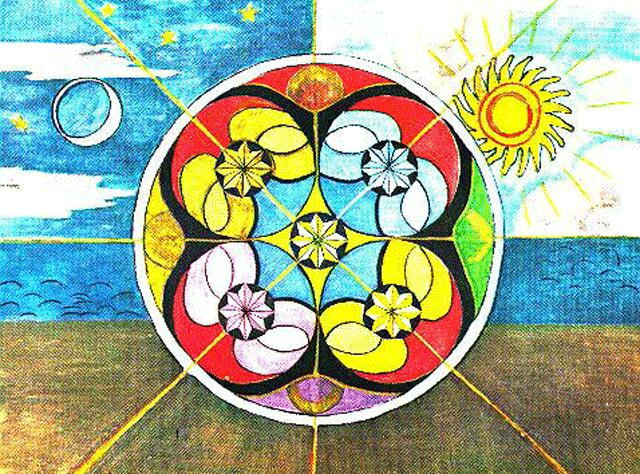
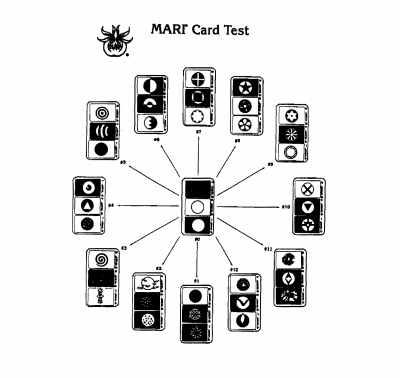
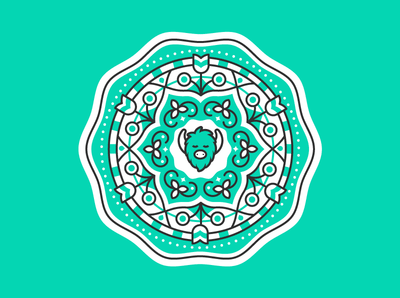
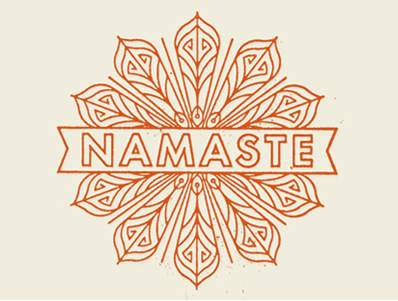
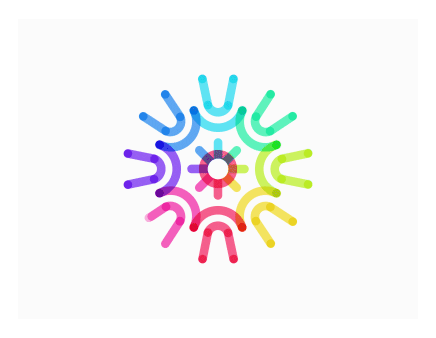
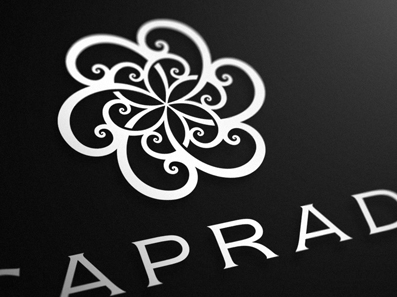
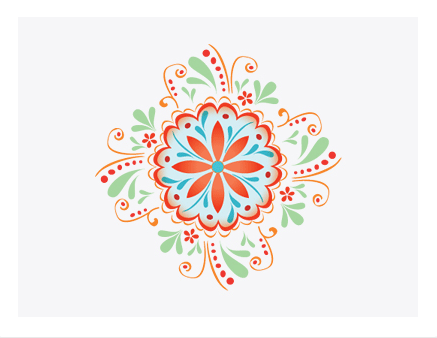

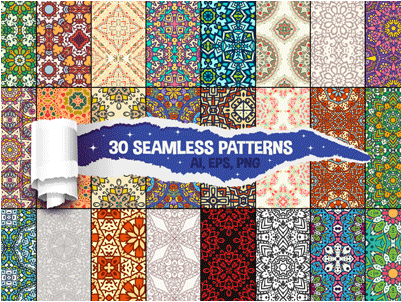
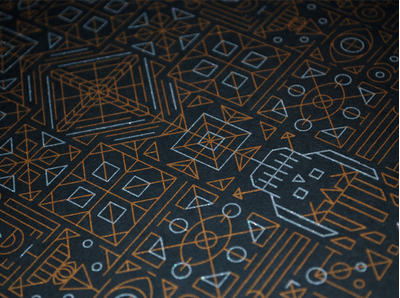
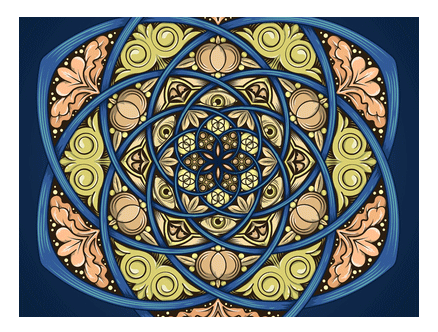
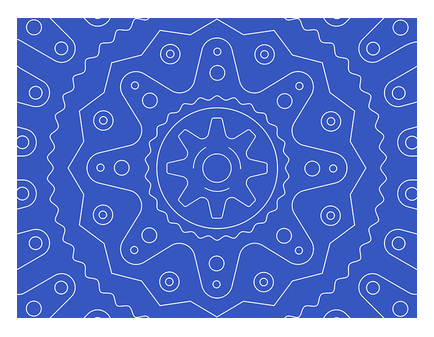
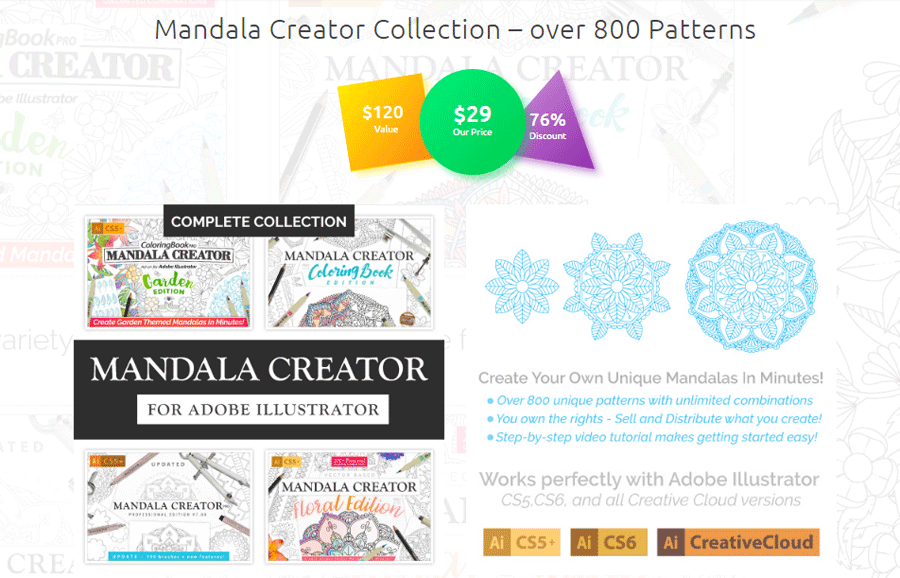
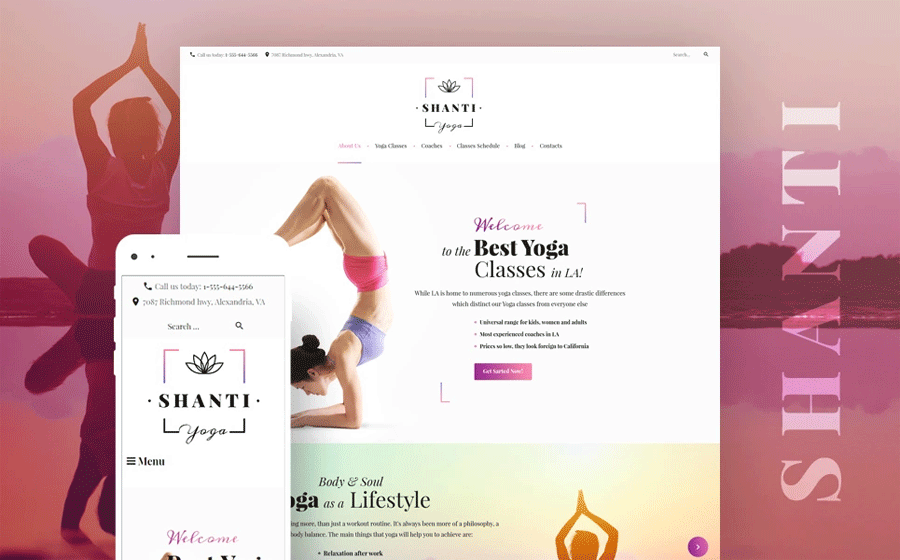

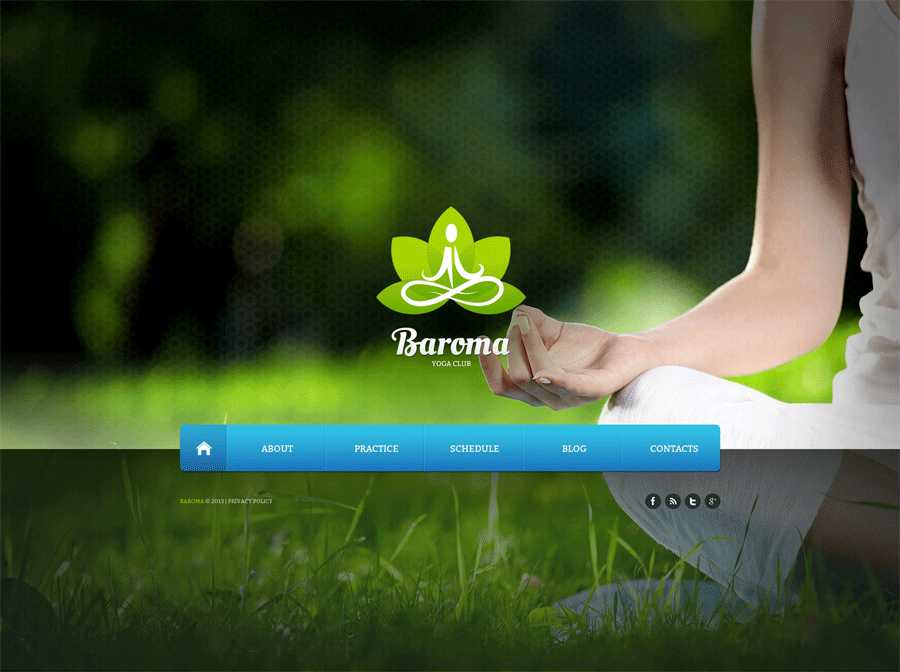

Leave a Reply
You must be logged in to post a comment.